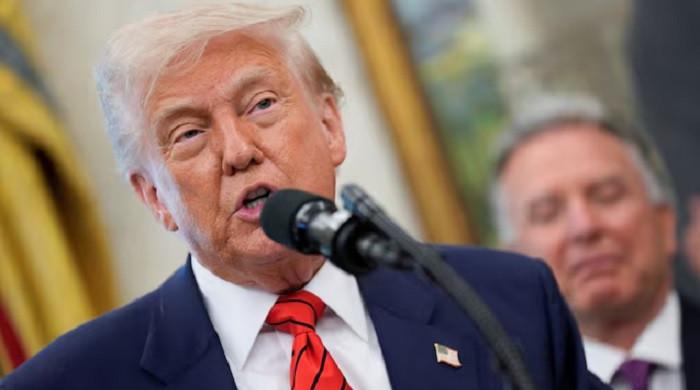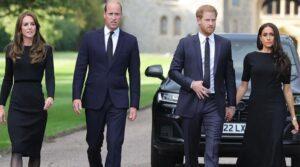- Trumo says that the American oil company will soon be selected to lead the association.
- India faces 25% of US tariffs, possible sanctions on Russian imports.
- Pressure assembly in the Modi government as trade speaks with us not conclusive.
In another great diplomatic victory for Pakistan, the president of the United States, Donald Trump, has confirmed the completion of a commercial agreement between the two countries, a measure that indicates a growing confidence and the deepening of economic ties between Islamabad and Washington.
The announcement occurs when India, even struggling a commercial agreement with Washington, is under growing pressure, looking at strong 25% tariffs and the risk of sanctions on their continuous energy links with Russia.
“We have just concluded an agreement with the country of Pakistan, for which Pakistan and the United States will work together in the development of their huge oil reserves,” Trump wrote on social networks.
“We are in the process of choosing the oil company that will lead this association.”
Last week, the Deputy Prime Minister and Minister of Foreign Affairs, Ishaq Dar, said that the United States and Pakistan were “very close” to a commercial agreement that could reach a few days, after meeting with Secretary of State Framework Rubio on Friday.
Under Trump, Washington has tried to renegotiate trade agreements with many countries that threatened tariffs on what he calls unfair commercial relations. Many economists dispute Trump’s characterization.
The United States Department of State and the Ministry of Foreign Affairs of Pakistan, in separate statements after Rubio meets, said last week that the two main diplomats emphasized in their discussion the importance of expanding trade and ties in critical minerals and minerals.
“Our teams have been here in Washington arguing, having virtual meetings, and the prime minister has been in charge of a committee to adjust now,” he said last week about the US-Pakistan conversations.
India slapped with 25% rate
President Donald Trump said Wednesday that the United States is still negotiating with India in commerce after announcing early on the day that the United States will impose a 25% rate on the imported goods from the country as of Friday.
The 25%tariff, as well as an unspecified penalty announced by Trump in a publication of the morning social networks, would tighten relations with the most populous democracy in the world.
Later in the White House, the Republican president indicated that there was a maneuvering room.
“Now they have one of the highest rates in the world, they are willing to cut it very substantially,” Trump told reporters. “We are talking with India now, we’ll see what happens … you’ll know at the end of this week.”
The 25% figure would highlight India more severely than other important commercial partners, and threaten to unravel months of conversations between the two countries, undermining a strategic partner of Washington and a counterweight to China.
What would be the penalty was not clear. Initially, Trump indicated that it was for India that bought Russian weapons and oil, and its non -monetary commercial barriers.
When asked about the penalty in the White House, he said that commercial problems were partly due and partly due to the participation of India in the BRICS of developing nations, which described as hostile to the United States in July said that the United States will impose an additional 10% rate in any country that aligns with the “anti-state policies” of the BRICs.
India’s announcement occurred when countries face a deadline on Friday to reach agreements on reciprocal tariffs or have a Trump imposed tariff to them. Trump signed on Wednesday a proclamation that ordered 50% tariffs on certain copper imports, citing national security, said the White House.
Early warning
The White House had previously warned India about its average high rates, almost 39% in agricultural products, with rates rising to 45% in vegetable oils and around 50% in apples and corn.
“While India is our friend, over the years, we have made relatively few issues with them because their tariffs are too high, among the highest in the world, and have the most expansion and unpleasant non -monetary commercial barriers of any country,” Trump wrote in a real social position.
“They have always bought a large majority of their military teams in Russia, and they are the largest energy buyer in Russia, along with China, at a time when everyone wants Russia to stop the murder in Ukraine, everything is not good!”
In response to his real social position, the Indian government said he was studying the implications of Trump’s ads and remained dedicated to ensuring a fair trade agreement with the United States.
“India and the United States have dedicated themselves to negotiations to conclude a fair bilateral, balanced and mutually beneficial commercial agreement in recent months. We remain committed to that goal,” he said.
Russia continued to be the main oil supplier to India during the first six months of 2025, which represents 35% of general supplies.




